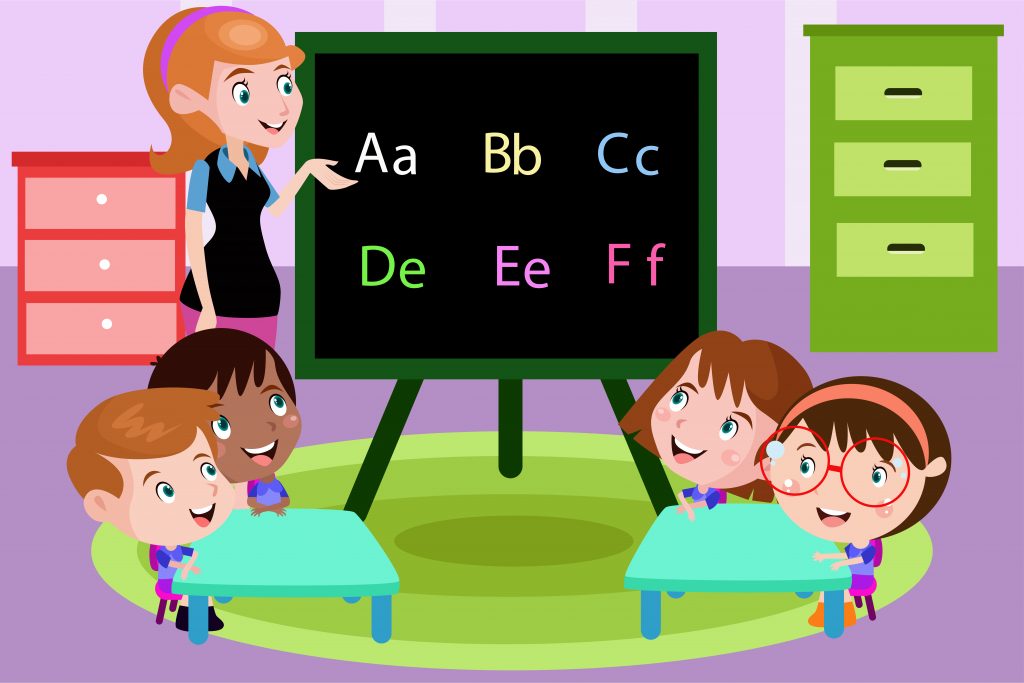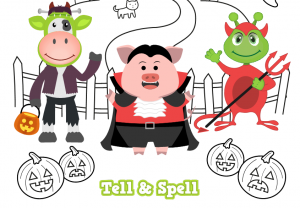What is Language?
- Receptive Language
This is what a student understands. If a student has difficulty in this area, they may have difficulty following directions, answering questions, identifying objects and pictures, understanding what gestures mean, or taking turns when others are talking.
- Expressive Language
This is how a student uses words and sentences to express needs, thoughts, and ideas. If a student has difficulty in this area, they may not be saying enough for their age. They may also have difficulty with grammar, vocabulary, asking questions, using gesture, or knowing how to start a conversation and keep it going.
Students in your classroom may present with receptive and/or expressive language difficulties. Here are some suggestions to support their needs.
Gather Information from Professional Reports
Gather as much information as you can from multidisciplinary reports. Reports from Speech and Language Therapists, Occupational Therapists and Psychologists will provide an outline of students’ strengths and needs, with recommendations on how to support them achieve their potential.
Support Students with Following Instructions
Students with language difficulties may have difficulty following directions or remembering instructions. Establish eye contact and ensure you have their full attention before giving them the instructions. Keep your instructions short, highlight the key words and ask them to repeat the instructions back to you. Provide extra visual cues if necessary, such as gestures, pictures, or books.
Highlight Key Words & Concepts
When introducing a new topic, highlight the key words and concepts at the beginning of the lesson. Use multi-sensory presentations such as interesting pictures, videos, and concrete materials that relate to the content. Try and include a hands-on activity to further support understanding. Review new content frequently.
Give your Students Time
Students with language difficulties may take longer to process what has been said to them, and to produce a response. Give your students plenty of time to respond to your comments or questions.

Use a Visual Timetable
Students with language difficulties often have difficulty with time concepts and understanding the sequence of events. Use a visual schedule or timetable to provide a clear structure for the school day.
Encourage students to ask for help
Encourage your students to ask for help if they do not fully understand something. Provide students with a ‘help’ visual or encourage them to use a gesture or hand signal should they require support.

Manage Seating Arrangements
When arranging the classroom seating plan, ensure students with language difficulties can see and hear the teacher clearly. Teachers should remember to use lots of gesture and facial expression as an extra visual cue to further support understanding.
Minimise Distractions
Keep the classroom free from unnecessary auditory and visual distractions. This will help students focus better on independent work.
Keep a Home/ School Communication Book
Keep a diary or notebook between home and school. Link in with parents regularly and keep up to date with new developments from students’ support teams e.g. Speech and Language Therapists, Psychologists etc.




